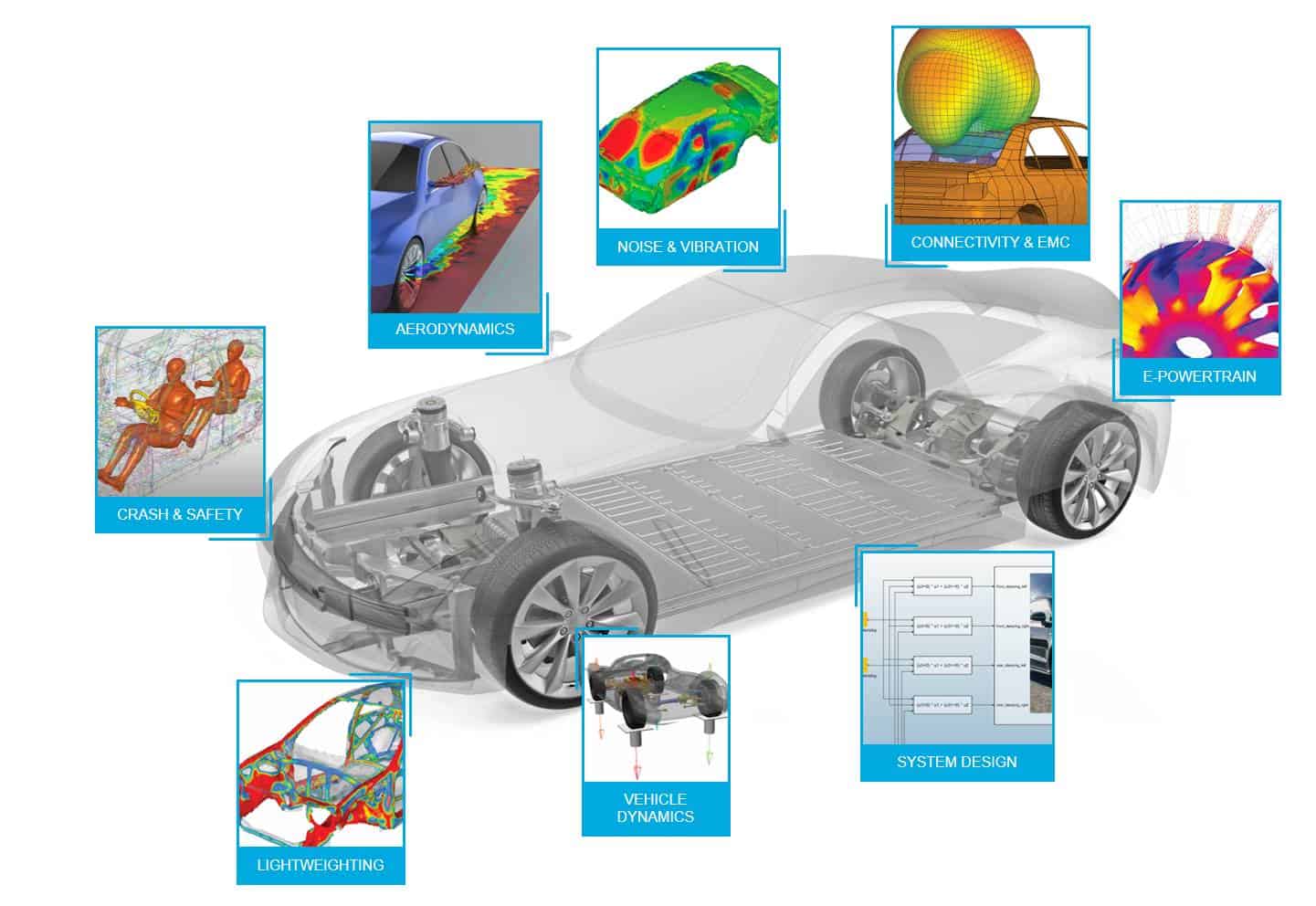Mobility megatrends such as electrification, wireless connectivity, autonomous driving, and sharing are having a significant impact on the automotive and transportation markets. Over the next few years, these interconnected trends will drive more change in these markets than what has occurred previously. With new initiatives happening around the world, the shared mobility market is growing rapidly.
In North America alone there are +400 cities with car-sharing services and +120 cities have launched bike-sharing systems. The connected car market, fueled by technologies such as drive assistance and safety, will make nearly quadruple its revenues between 2019 and 2021.
New electric car registrants (EVs) have reached record levels, according to Bloomberg. In 2022, electric vehicles will cost no more than internal combustion vehicles, and by 2040, EV sales will account for 35% of all new automobile sales.

As a term, electric mobility refers to vehicles powered by clean and efficient electric motors, in-vehicle electronics, and connected platforms.
E-Mobility systems are complex, incorporating batteries, power electronics, and electric motors, which present new design and development challenges. To handle such complex systems, using 0D and 1D modeling tools, combined with 3D multiphysics modeling is crucial.

Altair’s lightweight technology is ideal for enhancing the range of EVs. Weight reduction is achieved, as well as desired performance criteria for electric vehicles are met. Suppliers and OEMs alike can utilize the technology. Starting early with optimization-driven designs can reap higher benefits.
Altair’s Thermal and Fluid solver technology is ideal for finding solutions for thermal management system and also minimizing wind resistance. It can be used for various flow situations encountered in automobiles viz. exterior, interior, under hood, underbody, etc., all relevant to EVs as well.
Careful design of the electrical machine is key to minimizing power consumption and maximizing performance. Altair’s electromagnetics solver technology is great for XEV traction motor design study and optimization from both design and operational standpoint.
Please find below a reference list of XEV sectors and corresponding Altair offerings

Our goal at Altair is to shape the future of e-Mobility by designing a robust system. The easiest way to integrate the layer of driving assistance is to bundle into one model the key elements from propulsion and energy management to auxiliary ones like e-steering, e-throttle control, e-braking, and others. When robust connectivity capabilities are integrated, autonomous vehicles will soon become a reality. As the designer has more possibilities for improving efficiency and accuracy, there will be more and more benefits to both the supplier and the OEM.
Download Altair E-Vehicle Brochure
The author, Angayar Kanni T Business Development Engineer drive global strategy for engineering solutions at APA Engineering.
she can be reached at [email protected], Contact Number: +91-9047781140
Banner Picture Courtesy – Altair
Article Reference – Altair
If you would like to know more about this topic.